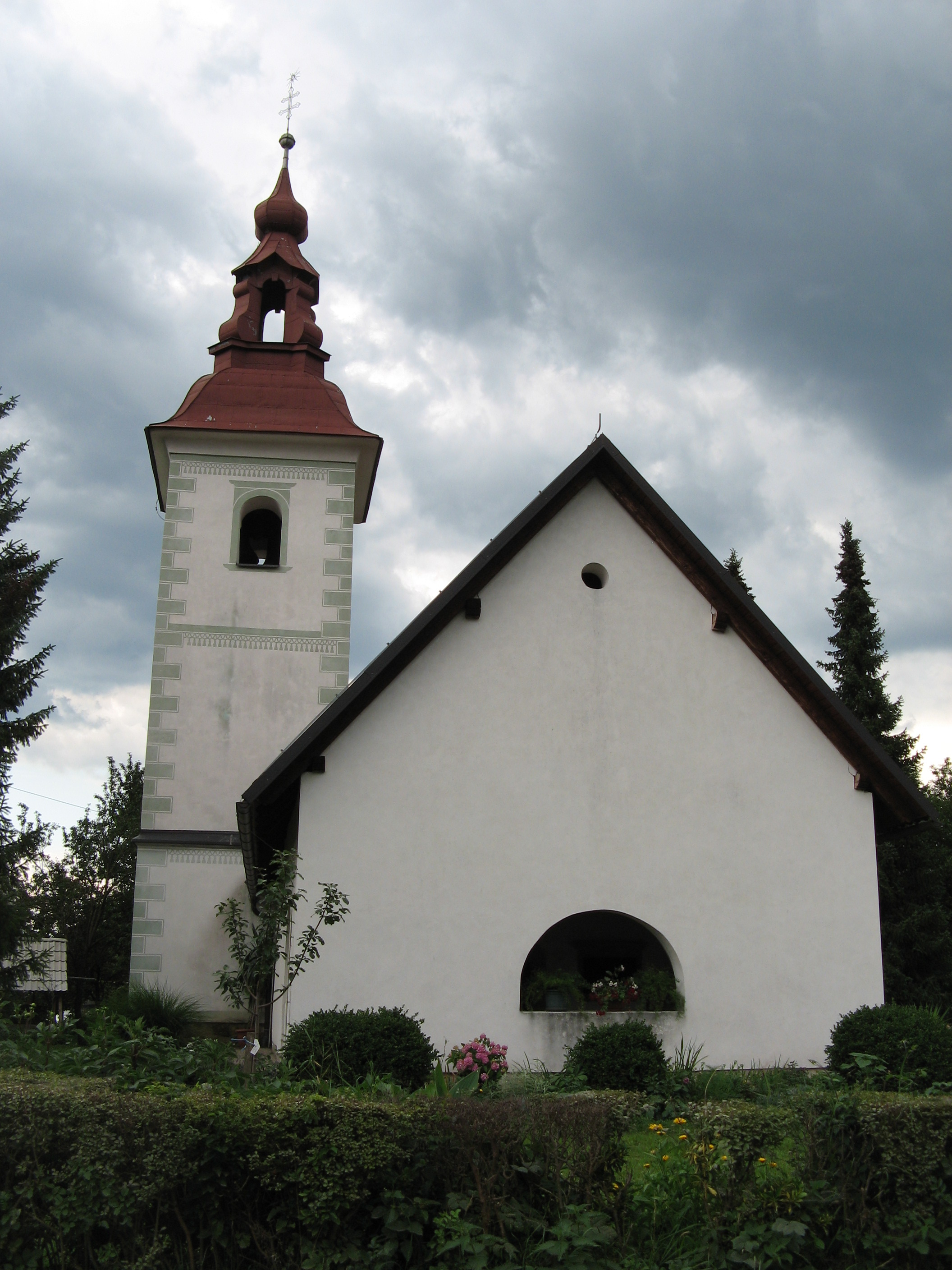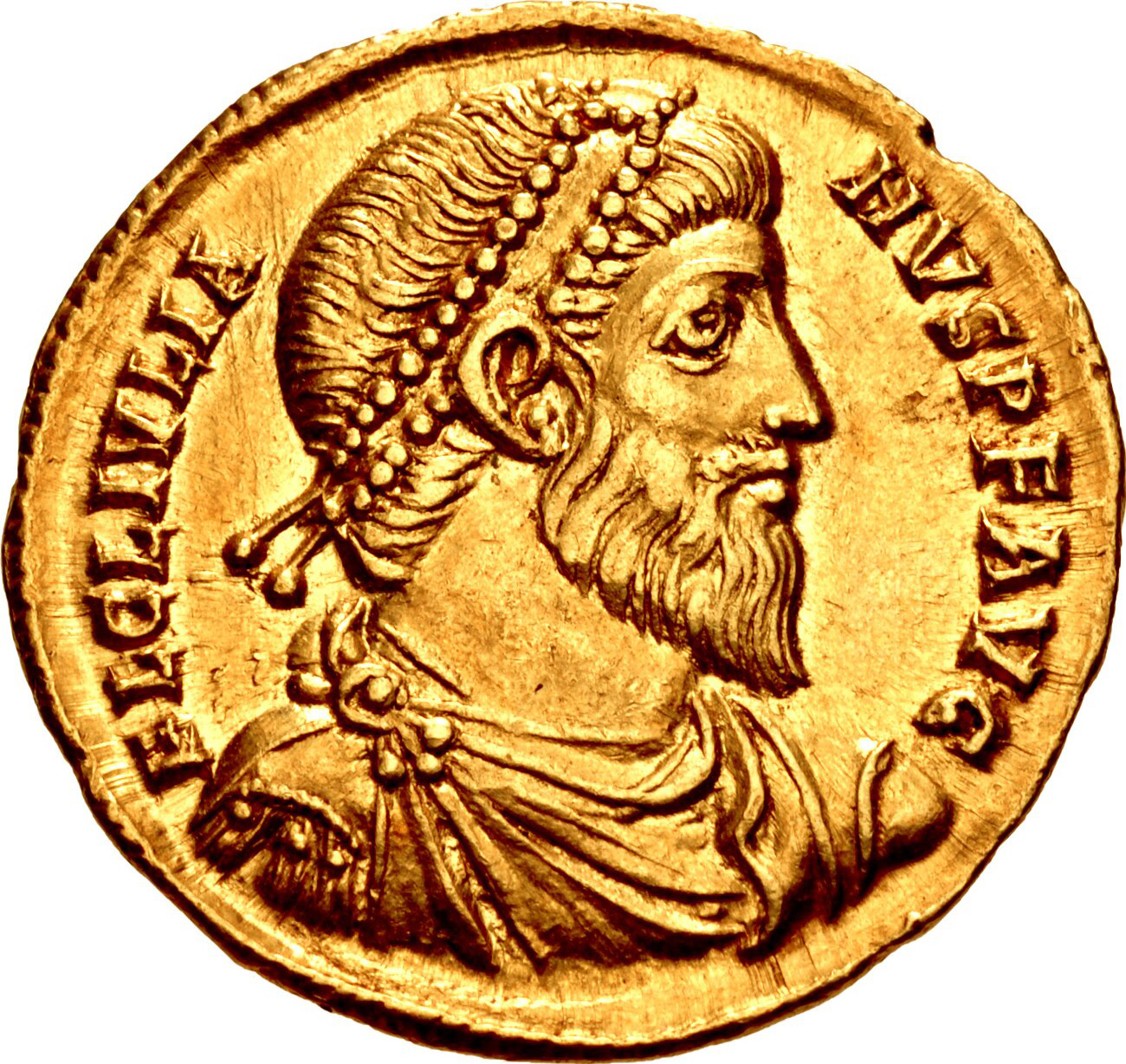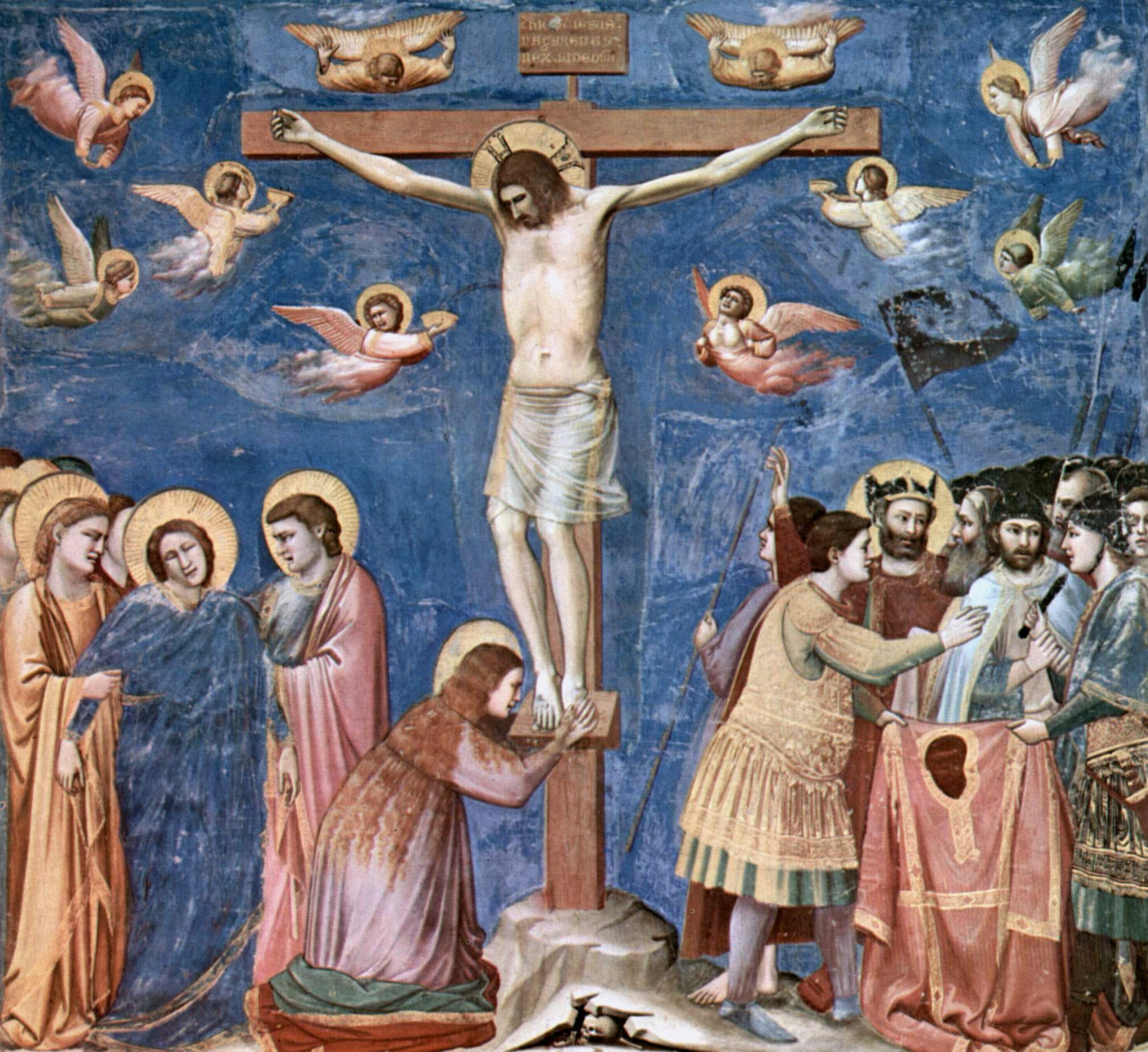|
Eufronius
Eufronius or Euphronius was the eighth Bishop of Tours; he served from 555 to 573, and was a near relative of Gregory of Tours. When upon the death of Bishop Gunthar, King Chlothar's nominee declined appointment to the See, it remained vacant for ten months until the people and clergy elected Eufronius. He was a priest at Tours, from a family of senatorial rank. a grandson of Gregory of Langres, and a friend of Venantius Fortunatus. When Clothar learned of the election, he confirmed their choice. In 552, the ''Abbaye de Sainte-Marie'' was founded near Poitiers by Frankish Queen, Radegund. It was the first monastery for women in the Frankish Empire. Radegund subsequently retired to the monastery, where she helped to care for the infirm. Upon her request, Byzantine Emperor Justin II sent the abbey a relic of the True Cross. When Bishop Maroveus of Poitiers refused to preside over its installation in the abbey, at Radegund's request, king Sigebert sent Eufronius to Poitiers to ... [...More Info...] [...Related Items...] OR: [Wikipedia] [Google] [Baidu] |
Council Of Tours
In the medieval Roman Catholic church there were several Councils of Tours, that city being an old seat of Christianity, and considered fairly centrally located in France. Council of Tours 461 The Council was called by Perpetuus, Bishop of Tours, to address the worldliness and profligacy of the Gallic clergy. Athenius, Bishop of Rennes, took part in the First Council of Tours in AD 461. The last to sign the canons was Mansuetus, ''episcopus Brittanorum'' ("bishop of the Britons" n Armorica. Also in attendance were Leo, Bishop of Bourges, and Victurius of Le Mans, and three others. Council of Tours 567 The Breton bishops declined to attend, as Bishop Eufronius claimed authority over the Breton church. Among those who did attend was Chaletricus of Chartres.twelve days of Christmas, or Christmastide. Council of Tours 813 A Council of Tours in 813 decided that priests should preach sermons in ''rusticam romanam linguam'' (rustic Romance languages">romance language) or ''Theodisca ... [...More Info...] [...Related Items...] OR: [Wikipedia] [Google] [Baidu] |
Holy Cross Abbey (Poitiers)
The Abbey of the Holy Cross was a French Benedictine nunnery founded in the 6th century. Destroyed during the French Revolution, a new monastery with the same name was built in a nearby location during the 19th century for a community of Canonesses of St. Augustine of the Mercy of Jesus. History Founding The abbey was founded in 552 by the Frankish queen, Radegund () as the first monastery for women in the Frankish Empire in what is now the village of Saint-Benoît, Vienne. It was founded due to a threat of excommunication of her husband, King Chlothar I, King of the Franks, by Germain, the Bishop of Paris. To avoid this penalty, the king provided the bishop with the funds to acquire lands near the episcopal palace to construct the Abbey of St. Mary (), as it was originally called. As his third wife had failed to provide him an heir, the king allowed Radegund to become a nun in the new monastery. The first abbess was Agnes of Poitiers, a former lady in waiting to the queen, who ... [...More Info...] [...Related Items...] OR: [Wikipedia] [Google] [Baidu] |
Bishop Of Tours
The Archdiocese of Tours (; ) is a Latin Church archdiocese of the Catholic Church in France. The archdiocese has roots that go back to the 3rd century, while the formal erection of the diocese dates from the 5th century. The ecclesiastical province of Tours corresponds with the late Roman province of Tertia Lugdunensis. During Breton independence the see of Dol briefly exercised metropolitical functions (mainly tenth century). In 1859 the Breton dioceses except that of Nantes were constituted into a province of Rennes. Tours kept its historic suffragans of Le Mans, Angers together with Nantes and a newly constituted Diocese of Laval. In 2002 Tours lost all connection with its historic province, all its previous suffragans depending henceforth on an expanded province of Rennes (corresponding to the Brittany and Pays de la Loire administrative regions). Tours since 2002 has become the ecclesiastical metropolis of the Centre administrative region. In 2022, in the Archdiocese ... [...More Info...] [...Related Items...] OR: [Wikipedia] [Google] [Baidu] |
Maroveus Of Poitiers
Maroveus () was the bishop of Poitiers in the late sixth century. He became bishop between 565 and 573, serving until sometime between 590 and 594. Maroveus's predecessor, Pascentius, took over around 561 during the reign of Charibert I, but the date of the end of his episcopate is unknown. Pascentius was still bishop in 565, when Venantius Fortunatus dedicated his ''Life'' of Hilary of Poitiers to him. Maroveus became bishop before 573, while Sigebert I was king. His episcopate for the period 585–590 is well known because Gregory of Tours's ''History of the Franks''. According to Gregory of Tours, in 585, King Guntram demanded the submission of Poitiers, which he claimed had broken its oath to him. Maroveus declined on behalf of the people, whereupon the region was ravaged. When Guntram's envoys again demanded submission, Maroveus melted down a chalice to make coin to pay them off., dates this episode to 584. Maroveus was on poor terms with Queen Radegund and her religious foun ... [...More Info...] [...Related Items...] OR: [Wikipedia] [Google] [Baidu] |
Bishops Of Tours
The Archdiocese of Tours (; ) is a Latin Church archdiocese of the Catholic Church in France. The archdiocese has roots that go back to the 3rd century, while the formal erection of the diocese dates from the 5th century. The ecclesiastical province of Tours corresponds with the late Roman province of Tertia Lugdunensis. During Breton independence the see of Dol briefly exercised metropolitical functions (mainly tenth century). In 1859 the Breton dioceses except that of Nantes were constituted into a province of Rennes. Tours kept its historic suffragans of Le Mans, Angers together with Nantes and a newly constituted Diocese of Laval. In 2002 Tours lost all connection with its historic province, all its previous suffragans depending henceforth on an expanded province of Rennes (corresponding to the Brittany and Pays de la Loire administrative regions). Tours since 2002 has become the ecclesiastical metropolis of the Centre administrative region. In 2022, in the Archdiocese of ... [...More Info...] [...Related Items...] OR: [Wikipedia] [Google] [Baidu] |
Radegund
Radegund (; also spelled ''Rhadegund, Radegonde, or Radigund''; 520 – 13 August 587) was a Thuringian princess and Frankish queen, who founded the Abbey of the Holy Cross at Poitiers. She is the patroness saint of several churches in France and England and of Jesus College, Cambridge (whose full name is "The College of the Blessed Virgin Mary, Saint John the Evangelist ''and the glorious Virgin Saint Radegund'', near Cambridge"). Life Radegund was born about 520 to Bertachar, one of the three kings of the German land Thuringia."St. Radegund", Jesus College, Cambridge Radegund's uncle, Hermanfrid, killed Bertachar in battle, and took Radegund into his household. After allying with t ... [...More Info...] [...Related Items...] OR: [Wikipedia] [Google] [Baidu] |
Gregory Of Tours
Gregory of Tours (born ; 30 November – 17 November 594 AD) was a Gallo-Roman historian and Bishop of Tours during the Merovingian period and is known as the "father of French history". He was a prelate in the Merovingian kingdom, encompassing Gaul's historic region. Gregory's most notable work is the ('Ten Books of Histories'), also known as the ('History of the Franks'). is considered a primary source for the study of Merovingian history and chronicles the accounts of the Franks during the period. Gregory is also known for documenting accounts of religious figures, notably that of Martin of Tours. Biography Gregory was born in Clermont, in the Auvergne region of central Gaul. He was born into the upper stratum of Gallo-Roman society as the son of Florentius, Senator of Clermont, by his wife Armentaria II, niece of Bishop Nicetius of Lyon and granddaughter of both Florentinus, Senator of Geneva, and Saint Gregory of Langres. Relatives of Gregory held the Bishopr ... [...More Info...] [...Related Items...] OR: [Wikipedia] [Google] [Baidu] |
Merovingian Dynasty
The Merovingian dynasty () was the ruling family of the Franks from around the middle of the 5th century until Pepin the Short in 751. They first appear as "Kings of the Franks" in the Roman army of northern Gaul. By 509 they had united all the Franks and northern Gallo-Romans under their rule. They conquered most of Gaul, defeating the Visigoths (507) and the Burgundians (534), and also extended their rule into Raetia (537). In Germania, the Alemanni, Bavarii and Saxons accepted their lordship. The Merovingian realm was the largest and most powerful of the states of western Europe following the breakup of the empire of Theodoric the Great. The dynastic name, medieval Latin or ("sons of Merovech"), derives from an unattested Frankish language, Frankish form, akin to the attested Old English , with the final -''ing'' being a typical Germanic languages, Germanic patronymic suffix. The name derives from Salian Franks, Salian King Merovech, who is at the center of many legends. Unl ... [...More Info...] [...Related Items...] OR: [Wikipedia] [Google] [Baidu] |
Charibert I
Charibert I (; ; 517 – December 567) was the Merovingian King of Paris, the second-eldest son of Chlothar I and his first wife Ingund. His elder brother Gunthar died sometime before their father's death. He shared in the partition of the Frankish kingdom that followed his father's death in 561, receiving the old kingdom of Childebert I, with its capital at Paris. Personal life Charibert married Ingoberga and they had five children: * Blithide of Cologne (538–603), possibly married to Ansbertus, Gallo-Roman senator * Charibert of Hesbaye (d. 636) * Clithorice (541–569) * Bertha, who married Æthelberht of Kent * Chlothar (542) Charibert's daughter Bertha married Æthelberht, the pagan King of Kent. She took Bishop Liudhard with her as her private confessor. Her influence in the Kentish court was instrumental in the success of St. Augustine of Canterbury's mission in 597, effecting the conversion to Christianity of the first Anglo-Saxon ruler. Military campaigns a ... [...More Info...] [...Related Items...] OR: [Wikipedia] [Google] [Baidu] |
Sigebert
Sigebert (which means roughly "magnificent victory"), also spelled Sigibert, Sigobert, Sigeberht, or Siegeberht, is the name of: Frankish and Anglo-Saxon kings * Sigobert the Lame (died c. 509), a king of the Franks * Sigebert I, King of Austrasia (reigned 561–575) * Sigebert II, King of Austrasia and Burgundy (reigned 613) * Sigebert III, King of Austrasia (reigned 634–656) * Sigeberht the Little, King of Essex (reigned 623?–653) * Sigeberht the Good, a king of Essex (reigned c. 653–660) * Sigeberht of East Anglia, saint and a king of the East Angles (reigned c. 629–c. 634) * Sigeberht of Wessex, King of Wessex (reigned 756–757) Others * Sigebert of Gembloux Sigebert or Sigibert of Gembloux ( or ; – 5 October 1112) was a medieval author, known mainly as a pro-Imperial historian of a universal chronicle, opposed to the expansive papacy of Gregory VII and Pascal II. Early in his life he became a ... (c. 1030–1112), Belgian medieval author and historian * ... [...More Info...] [...Related Items...] OR: [Wikipedia] [Google] [Baidu] |
Byzantine Emperor
The foundation of Constantinople in 330 AD marks the conventional start of the Eastern Roman Empire, which Fall of Constantinople, fell to the Ottoman Empire in 1453 AD. Only the emperors who were recognized as legitimate rulers and exercised sovereign authority are included, to the exclusion of junior co-emperors who never attained the status of sole or senior ruler, as well as of the List of Byzantine usurpers, various usurpers or rebels who claimed the imperial title. The following list starts with Constantine the Great, the first Christian emperor, who rebuilt the city of Byzantium as an imperial capital, Constantinople, and who was regarded by the later emperors as the model ruler. Modern historians distinguish this later phase of the Roman Empire as Byzantine due to the imperial seat moving from Rome to Byzantium, the Empire's integration of Christianity, and the predominance of Greek instead of Latin. The Byzantine Empire was the direct legal continuation of the eastern ... [...More Info...] [...Related Items...] OR: [Wikipedia] [Google] [Baidu] |
True Cross
According to Christian tradition, the True Cross is the real instrument of Jesus' crucifixion, cross on which Jesus of Nazareth was Crucifixion of Jesus, crucified. It is related by numerous historical accounts and Christian mythology, legends that Helena, mother of Constantine I, Helen, the mother of Roman emperor Constantine the Great, recovered the True Cross at the Holy Sepulchre in Jerusalem, when she travelled to the Holy Land in the years 326–328. The late fourth-century historians Gelasius of Caesarea and Tyrannius Rufinus wrote that while Helen was there, she discovered the hiding place of three crosses that were believed to have been used at the crucifixion of Jesus and the two thieves, Penitent thief, Dismas and Impenitent thief, Gestas, who were executed with him. To one cross was affixed the Titulus (inscription), titulus bearing Jesus' name, but according to Rufinus, Helen was unsure of its legitimacy until a miracle revealed that it was the True Cross. This event ... [...More Info...] [...Related Items...] OR: [Wikipedia] [Google] [Baidu] |



